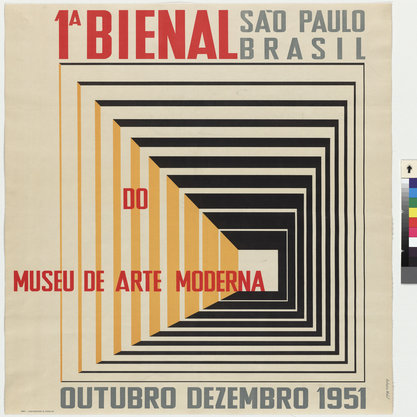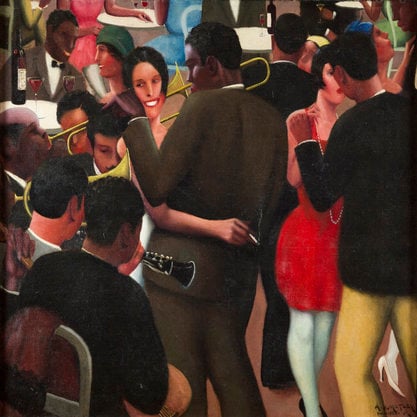Article
Maria Martins (1894–1973) By Stigberg, Sara
Article
Maria Martins was a Brazilian sculptor and writer, a founding member of the Fundação do Museu de Arte Moderna do Rio de Janeiro, and a co-founder and exhibitor for the Bienal Internacional de São Paulo. She was born in Campanha, Minas Gerais, Brazil in 1894. She made a name for herself in the international art world of the 1940s as “the sculptor of the tropics” and “the great sculptor of Surrealism,” though she was largely overlooked between the 1950s and early 2000s. The wife of a diplomat, in the art world she preferred simply to be known as “Maria.” She was influenced by Jacques Lipchitz, who encouraged exploration of her Brazilian identity in her work, and by Surrealism. A member of the expatriate artists’ community in New York, she was championed on the international stage by André Breton and held a long affair with Marcel Duchamp. Maria’s sculpture, based on natural forms and reflecting deep introspection, became increasingly abstract over the course of her career. On returning to Brazil from the United States in 1949, Brazilian critics rejected her work for its non-traditional and eroticized manner and themes. Nonetheless Martin used her international connections in the art world to promote modern art in Brazil until her death.



